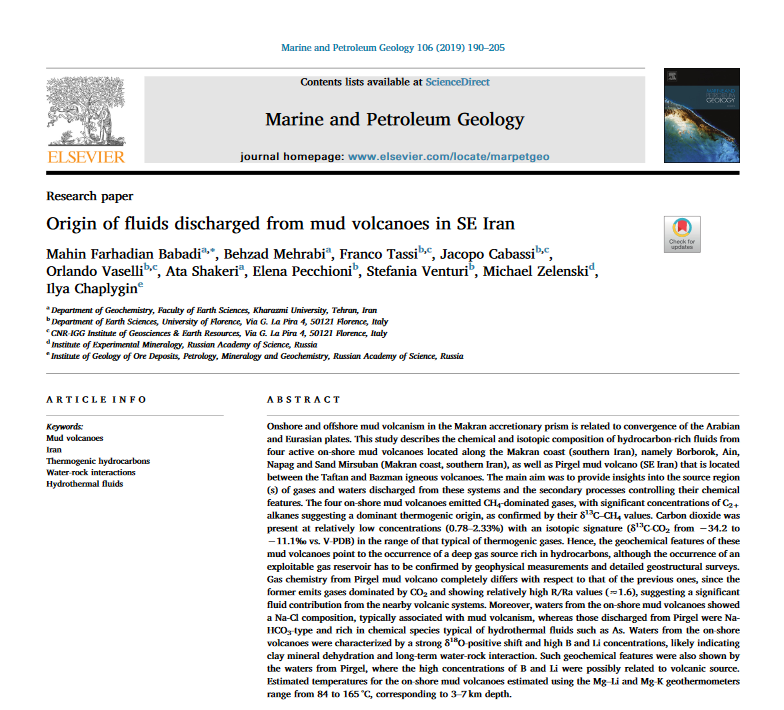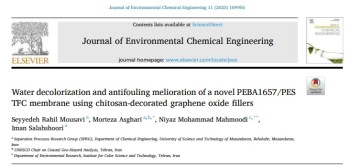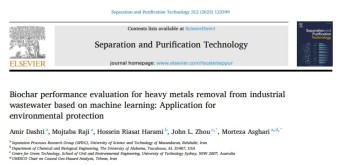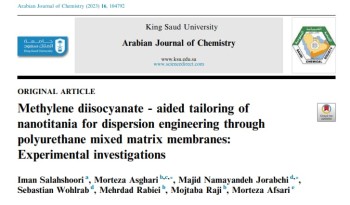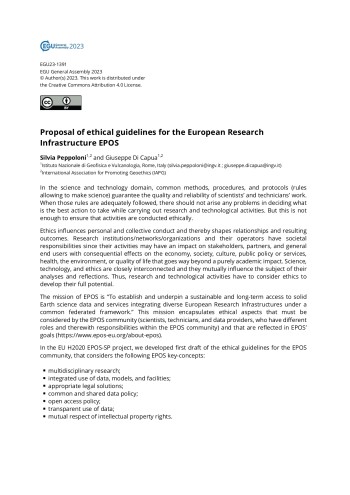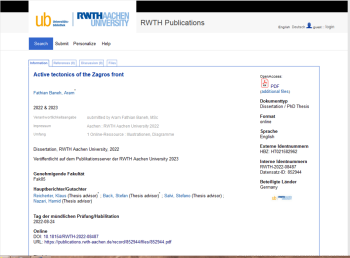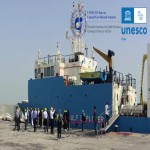Origin offluids discharged from mud volcanoes in SE Iran
Research paperOrigin offluids discharged from mud volcanoes in SE IranMahin Farhadian Babadia,∗, Behzad Mehrabia, Franco Tassib,c, Jacopo Cabassib,c,Orlando Vasellib,c, Ata Shakeria, Elena Pecchionib, Stefania Venturib, Michael Zelenskid,Ilya ChaplygineaDepartment of Geochemistry, Faculty of Earth Sciences, Kharazmi University, Tehran, IranbDepartment of Earth Sciences, University of Florence, Via G. La Pira 4, 50121 Florence, ItalycCNR-IGG Institute of Geosciences & Earth Resources, Via G. La Pira 4, 50121 Florence, ItalydInstitute of Experimental Mineralogy, Russian Academy of Science, RussiaeInstitute of Geology of Ore Deposits, Petrology, Mineralogy and Geochemistry, Russian Academy of Science, Russia
A B S T R A C T Onshore and offshore mud volcanism in the Makran accretionary prism is related to convergence of the Arabian
and Eurasian plates. This study describes the chemical and isotopic composition of hydrocarbon-richfluids from
four active on-shore mud volcanoes located along the Makran coast (southern Iran), namely Borborok, Ain,
Napag and Sand Mirsuban (Makran coast, southern Iran), as well as Pirgel mud volcano (SE Iran) that is located
between the Taftan and Bazman igneous volcanoes. The main aim was to provide insights into the source region
(s) of gases and waters discharged from these systems and the secondary processes controlling their chemical
features. The four on-shore mud volcanoes emitted CH4-dominated gases, with significant concentrations of C2+
alkanes suggesting a dominant thermogenic origin, as confirmed by theirδ13
C–CH4values. Carbon dioxide was
present at relatively low concentrations (0.78–2.33%) with an isotopic signature (δ13C-CO2from−34.2 to
−11.1‰vs. V-PDB) in the range of that typical of thermogenic gases. Hence, the geochemical features of these
mud volcanoes point to the occurrence of a deep gas source rich in hydrocarbons, although the occurrence of an
exploitable gas reservoir has to be confirmed by geophysical measurements and detailed geostructural surveys.
Gas chemistry from Pirgel mud volcano completely differs with respect to that of the previous ones, since the
former emits gases dominated by CO2and showing relatively high R/Ra values (≈1.6), suggesting a significant
fluid contribution from the nearby volcanic systems. Moreover, waters from the on-shore mud volcanoes showed
a Na-Cl composition, typically associated with mud volcanism, whereas those discharged from Pirgel were Na-
HCO3-type and rich in chemical species typical of hydrothermalfluids such as As. Waters from the on-shore
volcanoes were characterized by a strongδ18O-positive shift and high B and Li concentrations, likely indicating
clay mineral dehydration and long-term water-rock interaction. Such geochemical features were also shown by
the waters from Pirgel, where the high concentrations of B and Li were possibly related to volcanic source.
Estimated temperatures for the on-shore mud volcanoes estimated using the Mg–Li and Mg-K geothermometers
range from 84 to 165 °C, corresponding to 3–7 km depth.V

